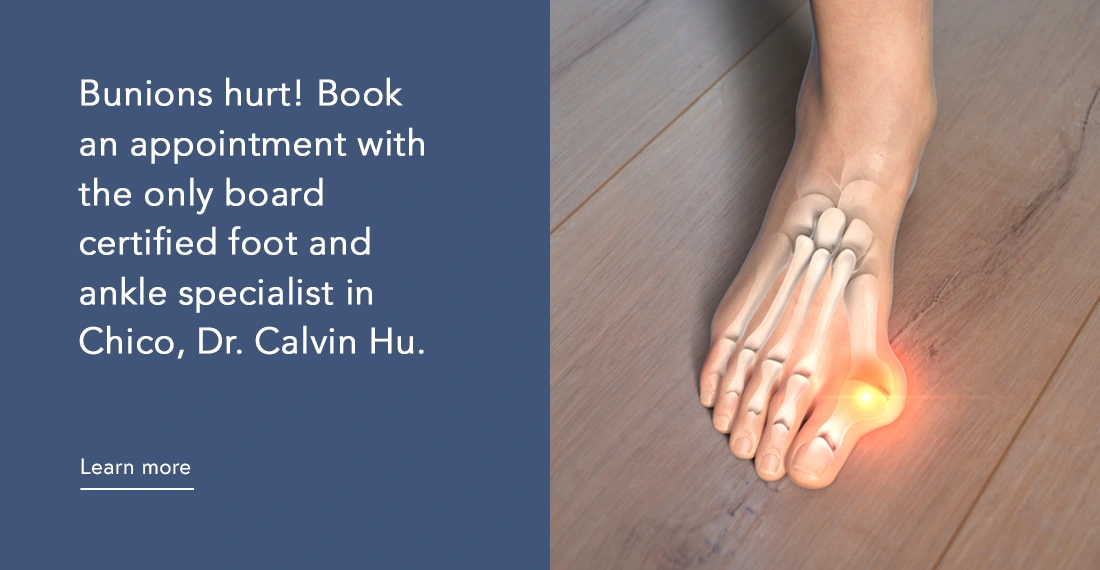Knee Arthritis
There are three kinds of arthritis that can affect the knee: Osteoarthritis, Inflammatory Arthritis and post-traumatic arthritis. Osteoarthritis (OA) is the most common type of arthritis to affect the knee. Knee OA makes it difficult to perform many daily activities. These include kneeling, stairs, and even walking.
What is osteoarthritis of the knee?
Osteoarthritis (OA) is a chronic, progressive, degenerative disease. It is often called wear and tear arthritis, because it is the slow wearing a way of cartilage at the ends of the bones, causing the bones to rub against each other. It can affect the shin bone, the thighbone and the kneecap.
What causes OA?
OA is a disease of aging, generally affecting people over the age of 50. OA tends to run in families. Women are more often affected than men. Excess weight puts extra pressure on the knee joint. For every pound you gain, it adds 3-4 pounds of extra weight on your knees. Repetitive stress on the joint, due to work or athletic endeavors can increase the risk of developing OA. Previous injuries to the knee result in post-traumatic OA.
What are the symptoms of knee OA?
The primary symptoms are pain, swelling and stiffness. OA is characterized by a gradual increase in pain as the cartilage is slowly worn away.
- Pain in the morning
- Stiffness, selling and pain with long periods of inactivity
- Pain climbing stairs
- Pain with walking
- Pain when standing up or sitting down
- Pain that interferes with sleep
Other symptoms may include:
- Swelling and tenderness due to periodic inflammation caused by the formation of bone spurs or excess fluid on the knee.
- A grinding sensation when using the knees, as a result of bone spurs and wearing of the ends of the bones. Clicking and crackling sounds as the cartilage frays, and the protective space between the bones decreases.
- Locking or sticking of the knee from loose bodies or fragments of cartilage that interfere with movement.
- Reduced range of motion.
- Gradual weakening of the knee muscles cause instability in the joint.
- Deformity of the joint.
How is OA diagnosed?
In addition to a review of your medical history and symptoms, your Orthopedic Associates of Northern California specialist will conduct a physical exam, including range of motion testing. They will also ask you questions about what causes your pain. They will also order x-rays which will show the space between the knee bones which if narrowed will indicate OA. Imaging tests may be ordered if there is an indication of tissue damage. Blood tests will rule out Inflammatory Arthritis, an immune disorder.
What can my doctor do for me?
Arthritis of the knee can be managed with anti-inflammatory medication, injections including cortisone, Viscosupplementation (also known as hyaluronic acid), and Platelet Rich Plasma (PRP) injections. Bracing and Physical Therapy can also play a role. When conservative treatment fails a partial or complete joint replacement are an option to treat arthritis pain.
At Orthopedic Associates of Northern California in Chico, CA. our goal is to provide you with the best care to get your back to the life you love. Call Orthopedic Associates of Northern California to get the care you deserve.





